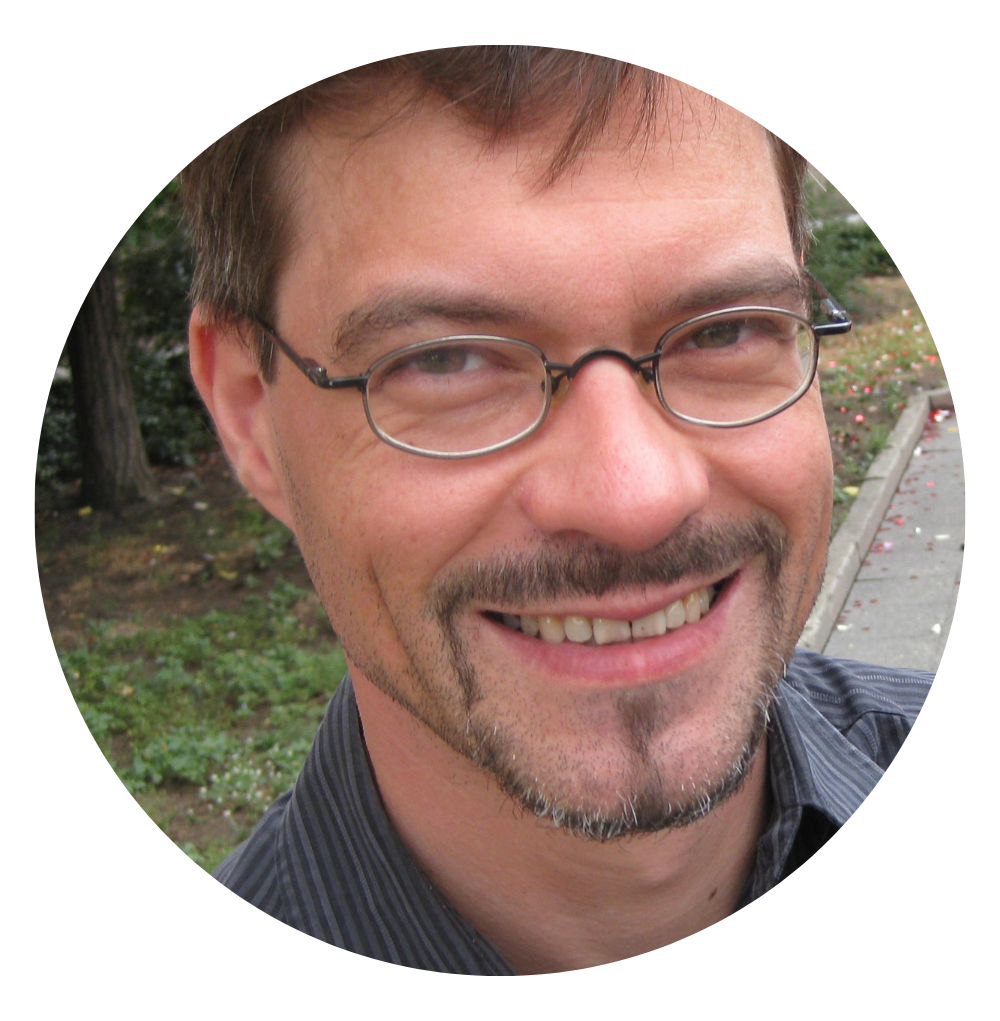The Leipzig-Halle peri-urban floodplains.
Partners involved: Humboldt University Berlin, Helmholtz Centre for Environmental Research Leipzig (UFZ) and the City of Leipzig
People involved from Humboldt University Berlin, Helmholtz Centre for Environmental Research Leipzig (UFZ):

Dagmar Haase
Coordinator of activities in the case study (Work package 2 and 4)

Peer von Döhren
Collaborator at Humbolt University Berlin (Work package 2)

Manuel Wolff
Collaborator at Humbolt University Berlin and Helmholtz Centre for Environmental Research Leipzig (Work package 4)
People involved from City of Leipzig

Sanja Fistric
City of Leipzig (dissemination)

Constantin Suppee
City of Leipzig (dissemination)

Other colleagues from Leipzig and region from city administration, nature conservation, civil society associations and science
Background
The urban region of Leipzig-Halle is a central city region in Germany with an industrial past and urban sprawl interspersed within unique wetlands and floodplain forests as well as diverse dryer urban secondary nature sites, among them large brownfields. Our urban showcase will involve a broad network of multi-actor governance and policy instruments for showing how connectivity can contribute to biodiversity maintenance in both the urban wetlands and floodplains as well as in the more urban/built and post-industrial structures, nature-driven adaptation to higher temperatures and heat waves to save people’s and nature’s health/diversity and finally, the support of creation of novel species hotspots (stepping stones and “connectivities”) under conditions of steady population growth and built environment pressure.
NaturaConnect will support and enforce the dialogue with existing stakeholder networks particularly focused on the contribution to TEN-N of both existing planning structures and bottom-up citizen-supported projects on green and blue space connectivity, namely the riparian forests and species-rich wet meadows, of and between two core cities and their periurban spaces with integrated wetlands such as the Green Ring Leipzig, the Landscape Protection Area of the “Leipzig Floodplains”, the Integrated Urban Development Programme INSEK and the Natura 2000 programme. Ecosystem services and connectivity studies, diversity indication and the review of existing policy documents, grey literature and prevailing financing schemes, among others, will enable prioritization of (functional and social) connectivity measures as a template for urbanised regions in Europe and their implementation as nature-based solutions in cities under climate change.
The purpose of the case study
Focus areas: Regional interconnection of protected areas and wetlands; Green urban spaces and urban tree infrastructure; Green infrastructure across intensively managed and built ecosystems.
The Leipzig-Halle peri-urban floodplains case study will involve a broad network of multi-actor governance and policy instruments to show how connectivity can contribute to biodiversity maintenance and multi-functional use in a peri-urban and wetland area between the cities of Halle and Leipzig. A dialogue with stakeholders will particularly focus on the contribution of existing governance structures, bottom-up citizen-supported projects, and green and blue infrastructure to the Trans-European Nature Network (TEN-N), thus considering connectivity in urbanised regions under climate change.
Activities
Approaches
We will engage with relevant stakeholders for interactive workshops, exchange of knowledge, data and experience, and feedback to draft NaturaConnect deliverables. NaturaConnect will provide tools for functional ecological and social connectivity planning and outline funding opportunities for regional, municipal, and federal (possibly national) administrations, which will be carried to the stakeholders in the Halle-Leipzig case study. Expected outcomes will include an evaluation of existing nature conservation concepts of the wetlands/floodplain forests and riverscapes integrated with Master Plans of Leipzig and Halle (INSEK and ISEK), the tree-strong-city project of the city as well as the VielFalterProject initiated by BUND Germany and supported by the iDiv among others. We will outline novel indicators and financing schemes for better connecting many of the existing small, plot-related nature conservation/protection projects varying from pollinator-friendly community gardens and flower strips within public parks including their mowing management systems to street tree plantings and afforestation of brownfields that need to respond to heat and drought due to climate change.

